On Sunday, forty-five Palestinians were killed after an Israeli air strike on two Hamas commanders in the Rafah area set off a secondary explosion of ammunition, triggering a fire. Nevertheless, the IDF’s Rafah operation is continuing apace.
A number of Merkava 4 tanks of the 401st armored brigade were sighted near the al-Awda mosque close to the center of Rafah city on Tuesday. The presence of the tanks has not been confirmed by the IDF but if accurate, it represents the furthest penetration by Israel into the heart of Rafah’s urban area to date. Israeli infantry and armored forces of the 162nd division, meanwhile, continue to push along the Philadelphi Corridor adjoining the border with Egypt.
Hamas is clearly and openly demanding the end of the war as a price for a ceasefire agreement
The second, less reported-on focus of Israel’s current intensified campaign in Gaza is the Jebalya refugee camp in the northern part of the strip. This is where the 98th airborne division is deployed. I visited Jebalya last week, accompanying the soldiers of the paratroopers’ brigade’s 202nd battalion. The fighting in the refugee camp is ongoing, but it is of a more sporadic and less organized nature than the battle further south, where Hamas still holds ground and is organized in battalion-level formations.
As the fighting continues, the debate in Israel over the necessary next steps is becoming more intense. The issue has not set the ruling coalition against all or part of the public. Rather, the divisions bisect the government, and have split the three-man war cabinet consisting of Prime Minister Benjamin Netanyahu, minister of defense Yoav Gallant and chief of the general staff Benny Gantz. The matter of who wins this debate, along with the issue of western pressure on Israel, are likely to determine the outcome of the war.
Former chief of staff Gadi Eizenkot, an observer in the war cabinet who is closely aligned with Gantz, was, according to Israel’s Channel 12 News channel, reported to have told the Knesset’s foreign affairs and defense committee last week that Israel should pause its Rafah operation in order to conclude an agreement for the release of the 128 Israeli hostages remaining in Hamas captivity.
While Eizenkot clarified in his statement that Israel would be able to recommence the fighting at a later date, this seems to be at odds with reality. The position of the Gazan Hamas leadership throughout has been that a hostage deal was possible only if Israel were to agree to a long-term cessation of the war. So if Israel really wishes to go down the route of prioritizing the release of hostages, the cost is almost certainly an admission of defeat in the eight month-long military campaign in Gaza. Defeat in this context means the cessation of hostilities without the destruction of the Hamas ruling authority in Gaza.
Among those in Israel who seek an early end of the war and a central emphasis on getting hostages released, this reality is accepted, rather than blurred. Thus Zehava Golan, a former leader of the left wing Meretz Party, stated the matter plainly in a column in the Haaretz newspaper on Wednesday: “We need to bring back the hostages via a deal now, establish a state commission of inquiry to look into the events of October 7 and the conduct of this war, and stop the war itself,” she wrote.
On the other side, Netanyahu and his allies reject the Hamas demand for an end to the war, seeing this (accurately) as representing surrender to the Islamist movement. Netanyahu, however, in a fudge of his own, was reported to have indignantly rejected the notion that he and those around him were refusing to give the team negotiating on the issue of the hostages a mandate that could lead to a successful agreement. But given that Hamas is clearly and openly demanding the end of the war as a price for agreement, it follows logically that any negotiating mandate that clearly rejects any such outcome does in fact then undermine the chance for a successful agreement on the hostages.
The reason for both Netanyahu and Eizenkot’s obfuscations is that the Israeli mainstream debate is not yet able to openly confront the horrific nature of the strategic position into which the Hamas leadership has placed it. Namely that it must either concede defeat to the Gaza Islamists, or follow a path that may well seal the fate of the 128 remaining Israeli hostages in Gaza.
This is the case not because I wish it to be so (I fervently do not). It is because this is the reality that Yahya Sinwar has created. The Hamas leader’s clear strategy throughout has been to use the organization’s possession of hostages, and Israeli society’s sensitivity to the fate of its own citizens, to slow down and impede the Israeli military campaign until such a point that Israel either agreed to cease it, or international pressure forced it to.
Netanyahu, it appears, is not seeking an Israeli military administration and reoccupation of Gaza. What he wants is to confound the Hamas leader’s intentions through an ongoing military operation, which Israeli security sources say is envisaged to last up to two years, in which Hamas will be rooted out and eventually destroyed in Gaza.
It is not clear if he will succeed in pursuing this goal. It is possible that the internal pressure of the hostages’ families and their supporters up to cabinet level, plus external pressure from western powers deriving from outrage at what war looks like, will yet lead to an end of the campaign, leaving Hamas power intact.
If this turns out to be the case, it will contain a very encouraging lesson for all those elements wishing to do harm to western democracies. The lesson will be that through the terrorizing and manipulation of grieving families, the judicious use of propaganda involving the deliberate exposure to harm and death of your own population and the endless willingness also to sacrifice your own fighting force, political goals can be achieved, murder go unpunished and the will of enemies be thwarted. It may be assumed that this lesson will be keenly internalized — not only in Gaza and Doha, but in Tehran and Moscow too.
This article was originally published on The Spectator’s UK website.



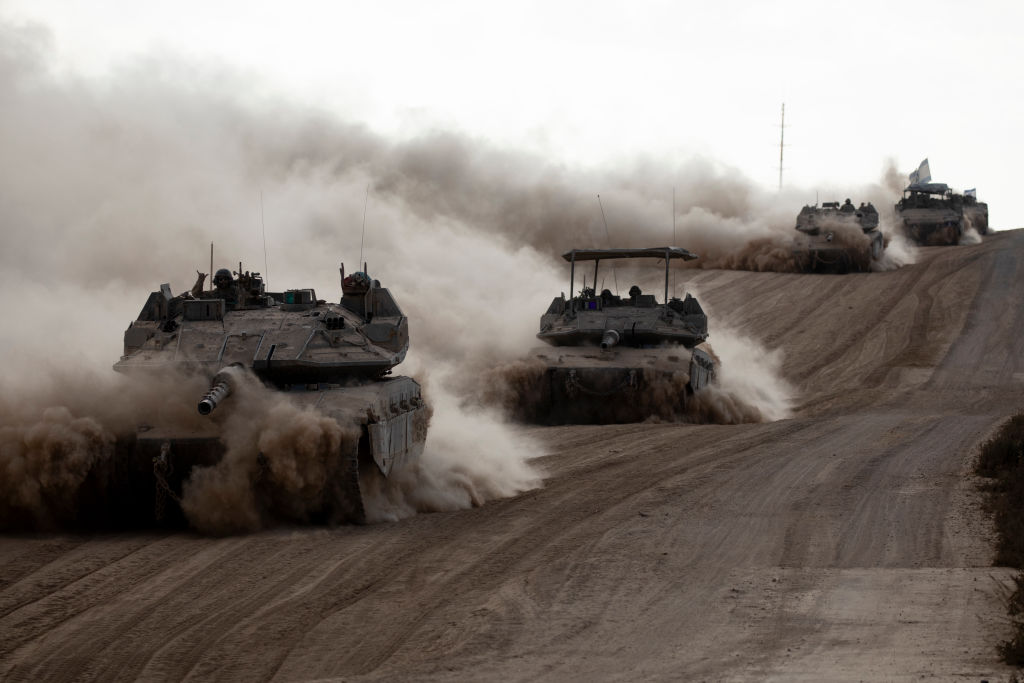






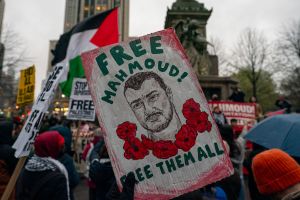

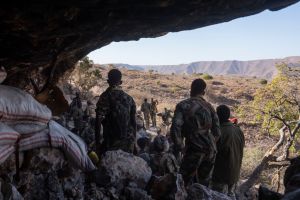


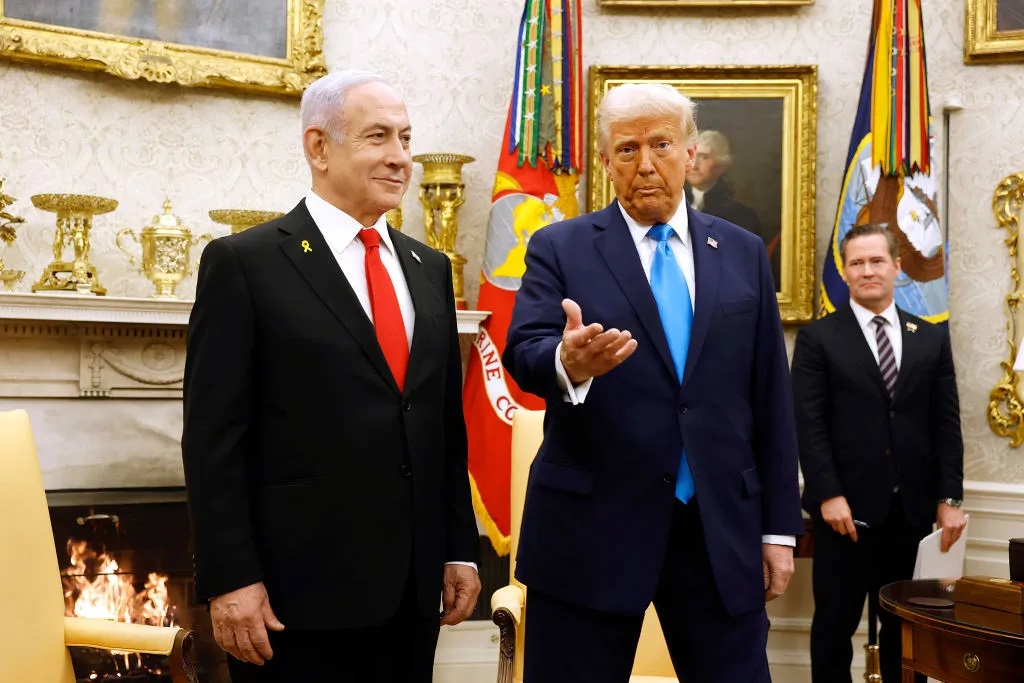
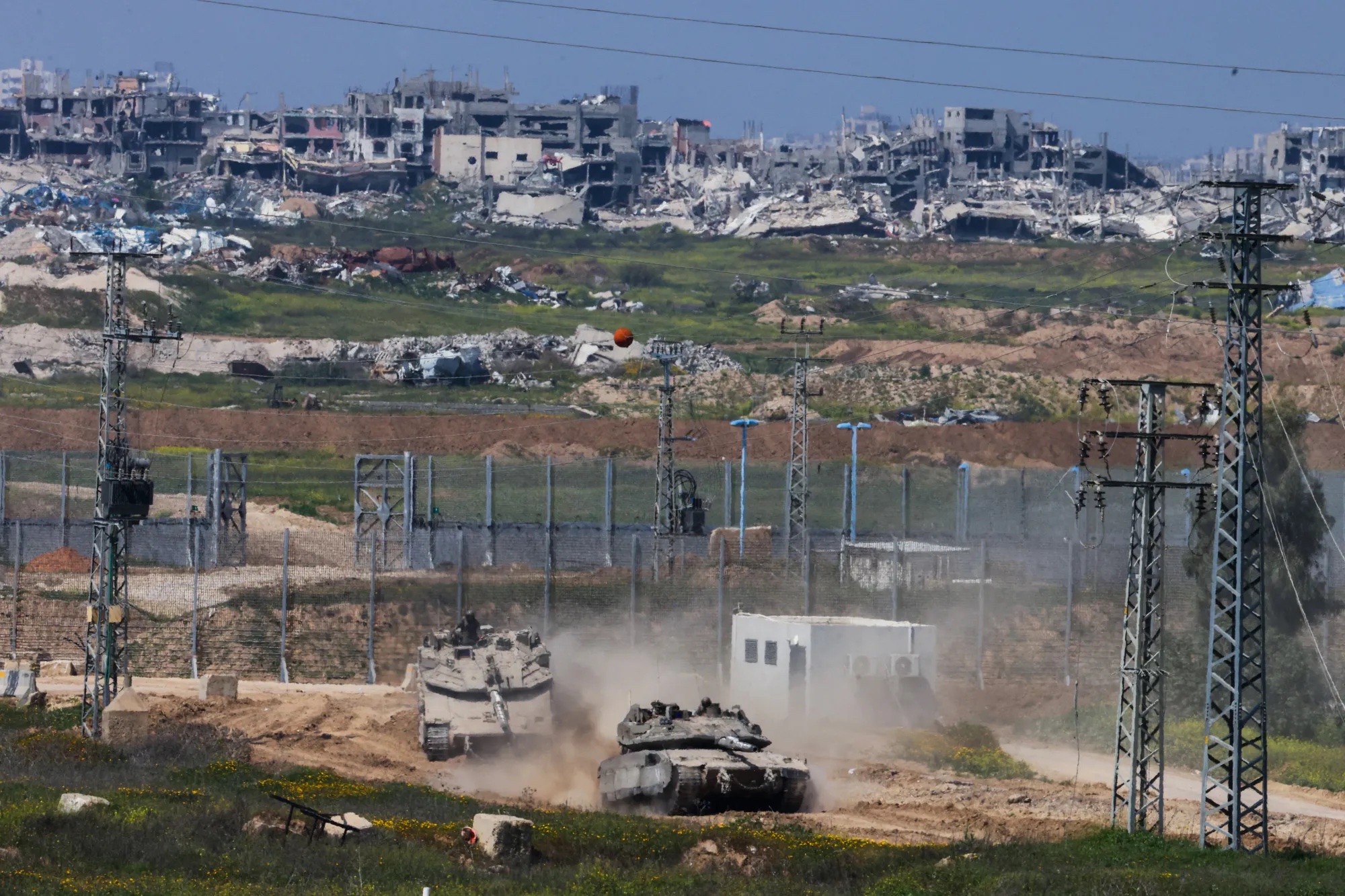

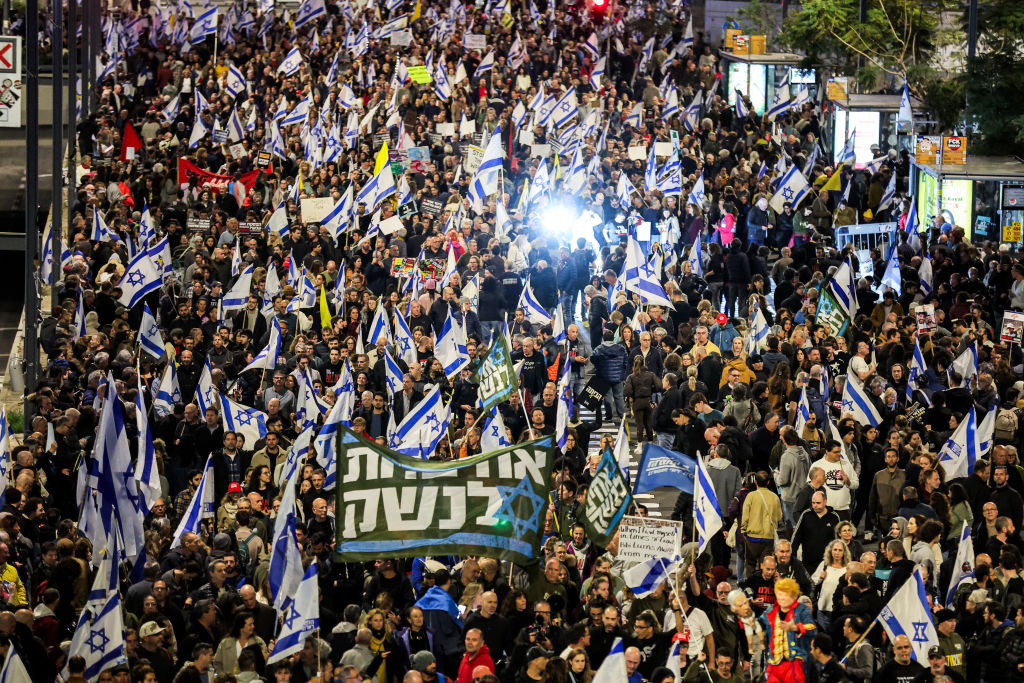







Leave a Reply